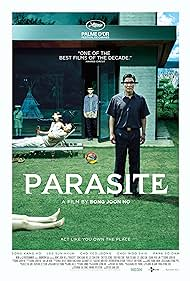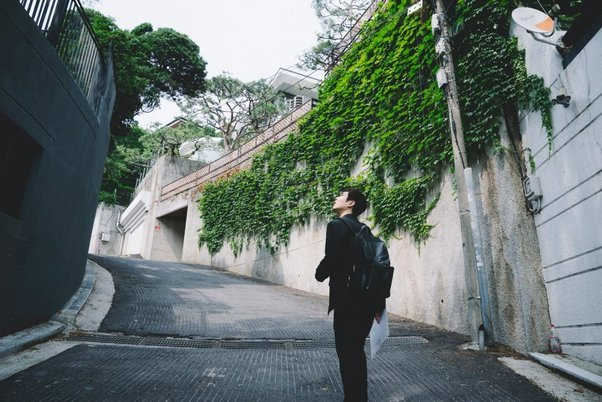Parasite is one of my favorite movies. Directed by Bong Joon-ho, the dark comedy uses its storyline and cinematography to shed light on class disparity and its effects on the people within the classes. It was released in 2019 and the class interactions highlighted in the movie still exist today. This film has broken many records and received many awards for its quality. To me, it is very clear why it garnered so much attention.

It is difficult for a movie to be enjoyable if its plot is not interesting. In this aspect, Parasite delivers. In the movie, we watch the Kim family. They live in a semi-basement and they are all looking for work to support themselves. Ki-woo (played by Choi Woo-shik), the son in the Kim family, is asked by his friend Min-hyuk (played by Park Seo-joon) to take over his responsibilities as a tutor. Min-hyuk had been tutoring Park Da-hye (played by Jung Ji-so), the daughter of the rich Park family. However, he was going to study abroad and wanted Ki-woo specifically to take over for him. After tricking the Park family into giving him the job, he manages to persuade Da-hye’s naïve mother, Choi Yeong-gyo (played by Cho Yeo-jeung), to hire Ki-jung (played by Park So-dam), his sister, as an art therapist for Chung-sook’s son, Da-song (played by Jung Hyeon-jun) without their relation being known. After this works, the entire Kim family ends up working together for the Parks without the Parks knowing that they are indeed one family. The story then takes a dark, violent twist in the final act, with neither family being the same in the end.
The cinematography plays a huge role in the storytelling. There are a lot of beautiful shots in the movie.

However, Hong Kyung-pyo, responsible for the cinematography in the movie, also used shots to reinforce some of the themes of the movie. One major theme was the rich being above the poor, both hierarchically and physically. The Kims live in a semi-basement; they literally live below people. When they go to work at the Parks’ residence, they have to trek upwards throughout the city to reach the Parks’ home.

There are more clever examples of this, but discussing those would majorly spoil the movie.
The comedy of the movie, considering the genre, is also greatly important. Parasite, in my opinion, nailed this part as well. Not only was the plotline a funny one to witness unfold, but the dialogue throughout the movie was hilarious too. There were a lot of ironic situations and relationship dynamics that fed into the overall hilarity of the movie.
The acting and the method for shooting some of the scenes also played into the comedic nature of the film. The use of slow-motion for certain shots as well as exaggerated reactions by the actors complemented each other well, leading to some gut-busting moments throughout the film.
It’s important to note that all this was done to send a message. As fun as the movie is, at its core it is a lesson on the dynamics between the poor and the rich. A lot of the poor people don’t like the socioeconomic system that exists, and for good reason. At the same time, though, those same people dream of living like the rich. In Parasite, Bong Joon-ho doesn’t aim to solve these issues; he simply portrays them in a riveting manner for 2 hours and 12 minutes. And in doing so, he created one of my favorite movies ever.
Leave a comment